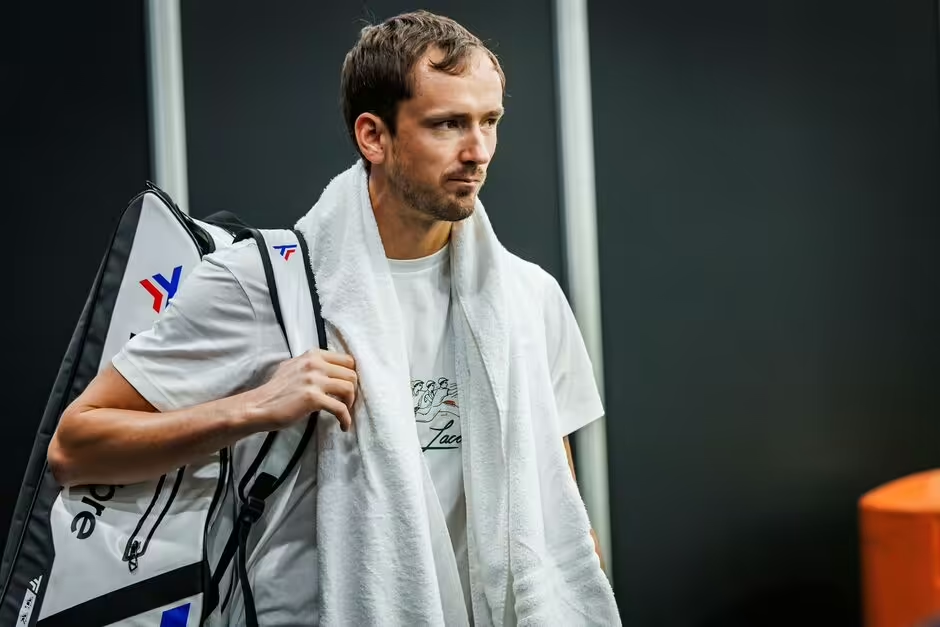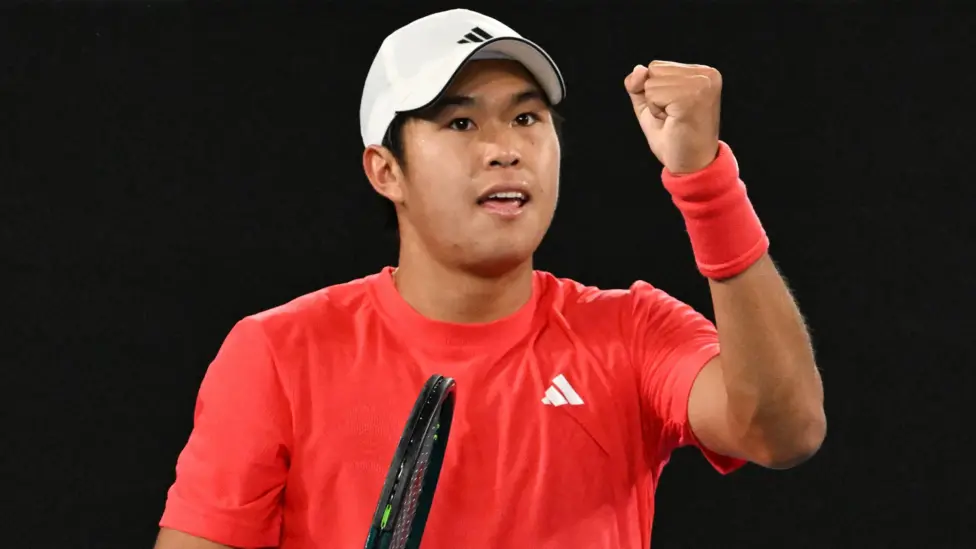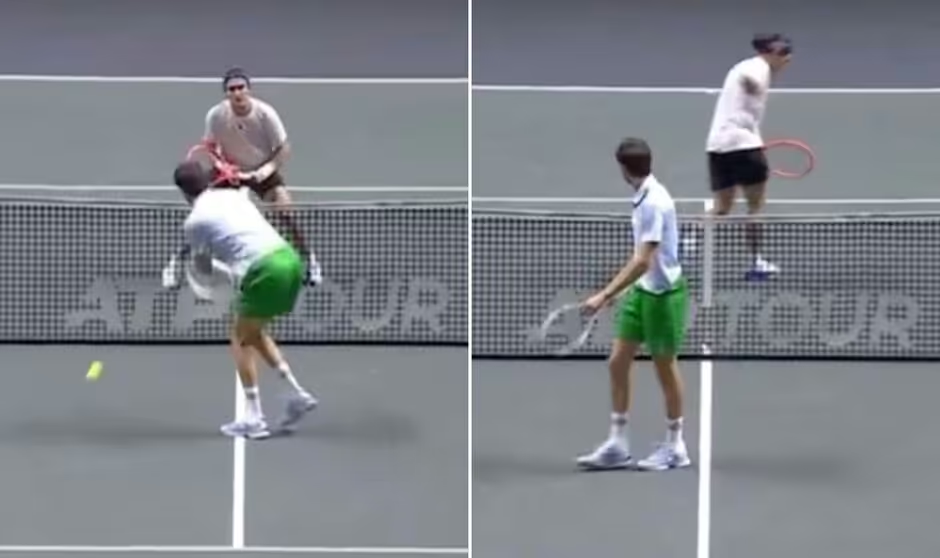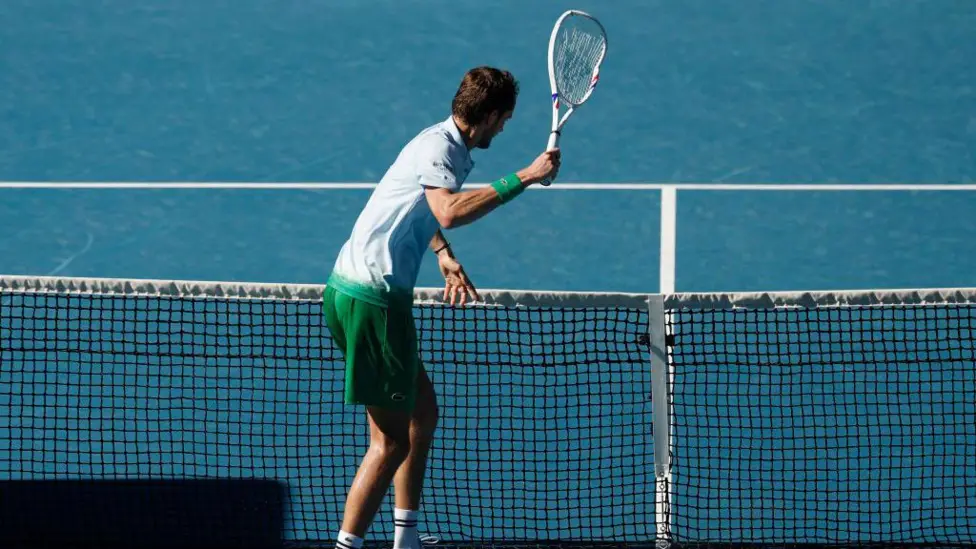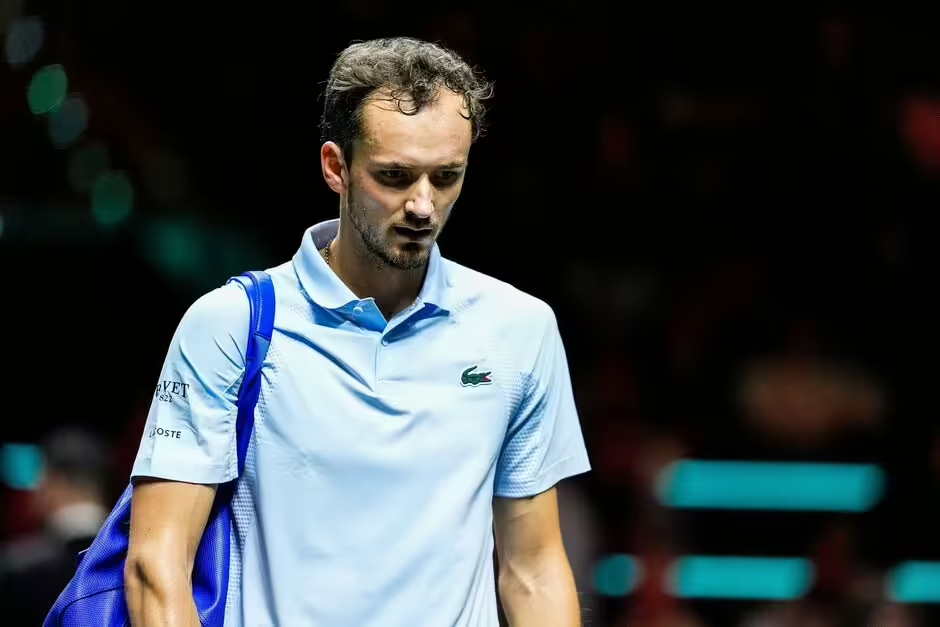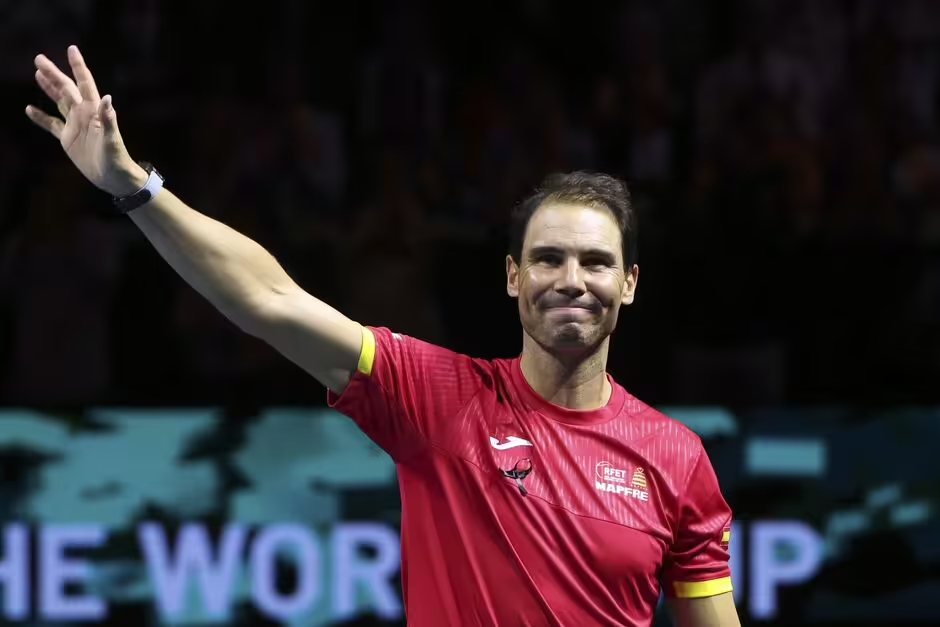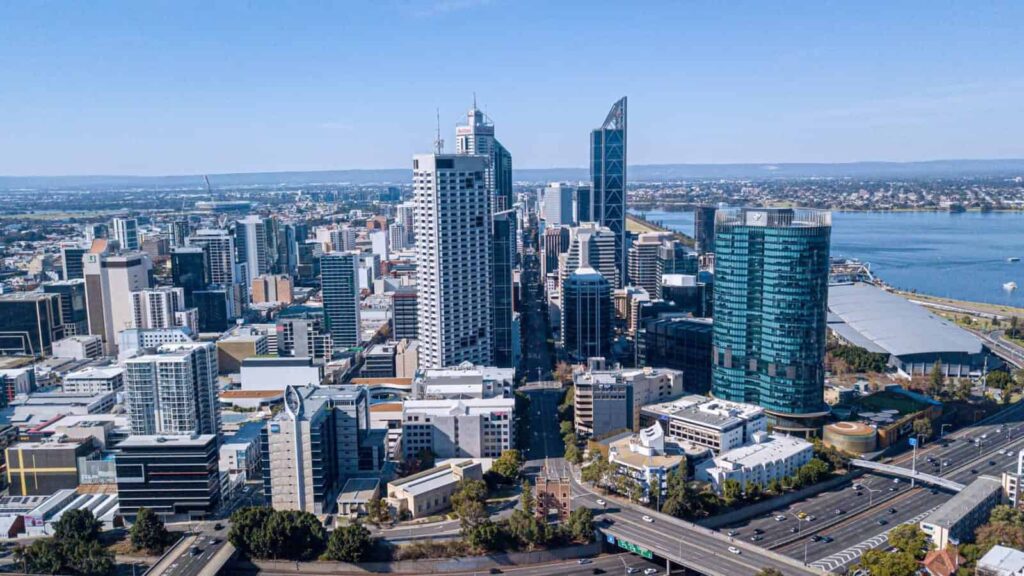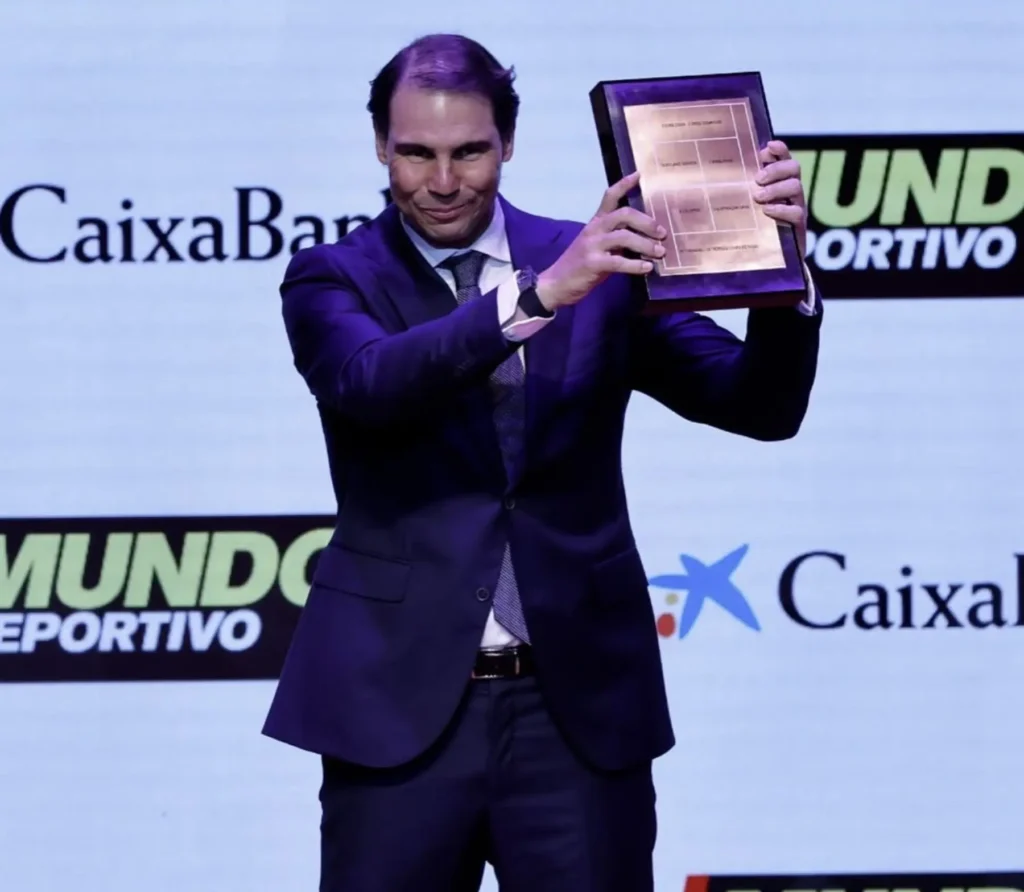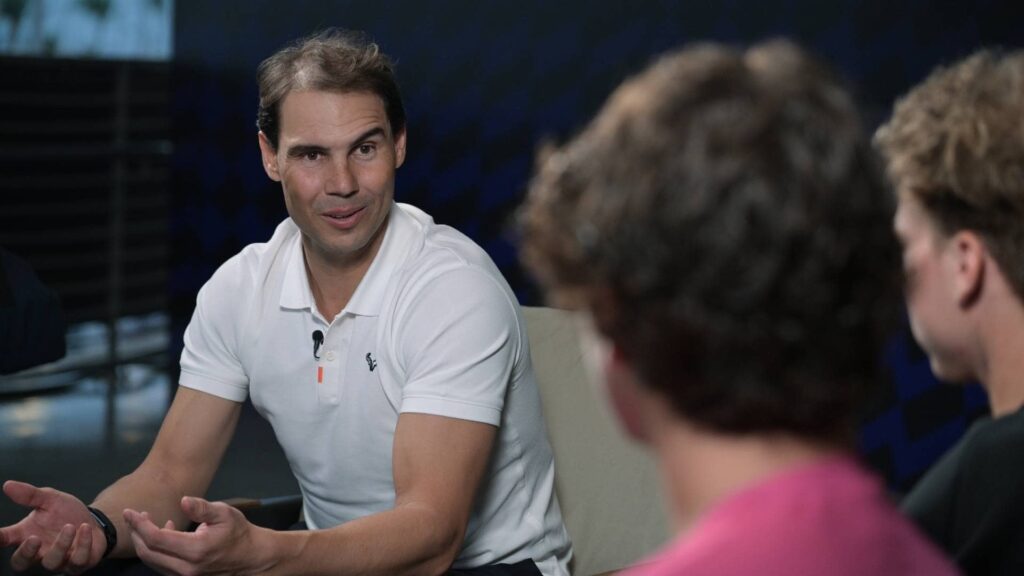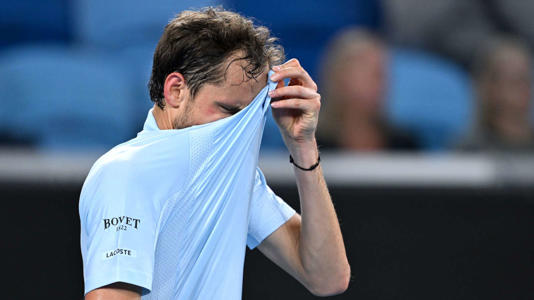
Daniil Medvedev has long been known for his unique playing style, frustrating opponents with his deep-court positioning, counterpunching skills, and relentless defensive play. But according to a former world No. 5, Medvedev’s biggest weakness has now been exposed, and players on the ATP Tour have finally “figured him out.”
After suffering several shock defeats in recent months—including losses to qualifiers and lower-ranked opponents—Medvedev has found himself struggling against a new wave of aggressive players who have successfully neutralized his strengths.
So, what exactly is Medvedev’s biggest weakness, and how are players now exploiting it? Let’s break it down.
Medvedev’s Biggest Weakness: The Deep-Court Trap
Medvedev’s signature playing style has always relied on his deep-court positioning, often standing several meters behind the baseline to retrieve shots and wear opponents down.
While this strategy helped him win a Grand Slam and reach world No. 1, it has now become his Achilles’ heel, with players figuring out how to break him down.
How Opponents Are Exploiting Medvedev’s Weakness
1. Targeting the Short Court
- Players are now exposing Medvedev’s deep return position by frequently using drop shots and short-angle winners.
- Since he stands so far behind the baseline, he struggles to react quickly to balls that land short.
- Even though Medvedev is one of the best movers in the game, his deep positioning gives opponents too much space to work with.
2. Rushing the Net and Finishing Points Early
- Rather than engaging in long rallies, many opponents now rush the net, preventing Medvedev from dictating with his usual defensive play.
- Players like Carlos Alcaraz and Jannik Sinner have successfully attacked the net against Medvedev, forcing him to come up with difficult passing shots under pressure.
- With Medvedev so far behind the baseline, opponents are finding it easier to finish points at the net before he can extend rallies.
3. Attacking His Second Serve
- Medvedev’s first serve is one of his biggest weapons, but his second serve has been a major liability.
- More players are standing inside the baseline to attack his second serve aggressively, taking control of points early.
- When Medvedev is forced to play from a defensive position right after serving, he struggles to dictate play.
4. Keeping Points Short to Avoid His Stamina Advantage
- Medvedev thrives in long rallies, where his elite endurance allows him to grind down opponents over time.
- But aggressive players aren’t giving him that chance anymore—they are shortening points by hitting winners early.
- This strategy has been effective against Medvedev, limiting his ability to wear opponents down.
Former World No. 5: “Medvedev Has Been Figured Out”
A former top-5 player recently weighed in on Medvedev’s struggles, stating:
“The way players approach matches against Medvedev has changed. They aren’t playing into his game anymore. They’ve found ways to attack his deep-court positioning, and unless he adjusts, he’ll keep losing matches he should be winning.”
This sentiment is echoed by many analysts, who believe that Medvedev’s one-dimensional approach is now costing him matches.
Recent Losses That Prove Players Have Figured Him Out
Medvedev’s recent shock defeats have all followed a similar pattern, exposing the flaws in his game:
✔ Loss to Jannik Sinner in 2023 ATP Finals – Sinner repeatedly attacked Medvedev’s deep-court positioning, rushing the net and finishing points early.
✔ Loss to Carlos Alcaraz at Wimbledon 2023 – Alcaraz used drop shots and short angles to force Medvedev out of position.
✔ Loss to a qualifier in 2024 – Medvedev failed to adjust his tactics, allowing an unranked player to exploit his weaknesses.
These matches prove that players are now adjusting to Medvedev’s game—and he needs to evolve if he wants to stay among the elite.
What Medvedev Needs to Do to Fix His Game
If Medvedev wants to remain a top contender, he must evolve and adjust his tactics. Here’s how:
1. Play Closer to the Baseline
- Medvedev needs to step inside the court more often, preventing opponents from dictating play.
- Playing closer to the baseline will allow him to take time away from his opponents and force them into errors.
2. Improve His Net Game
- If opponents are rushing the net against him, Medvedev needs to do the same.
- Developing a stronger volley game and moving forward more often could help him counteract the new strategies being used against him.
3. Strengthen His Second Serve
- Medvedev’s second serve has become a major target for opponents—he must increase its speed and unpredictability.
- Adding more variety (such as kick serves or slice serves) could help him avoid being attacked right away.
4. Be More Aggressive on Return
- Instead of standing too far behind the baseline, Medvedev should step in on second-serve returns and put his opponents under pressure.
- By being more proactive, he can take control of points instead of allowing his opponent to dictate from the start.
5. Adjust His Mentality
- Medvedev has been stubborn about his playing style, but the best players always evolve—just look at Djokovic, Nadal, and Federer.
- If he remains rigid, he risks falling further behind. If he adapts, he could re-establish himself as a dominant force on tour.
Final Thoughts: Is Medvedev in Danger of Falling Behind?
Daniil Medvedev is still one of the best players in the world, but recent losses have proven that players are adjusting to his style.
- His deep-court positioning, second serve, and defensive mindset have now been exploited by aggressive opponents.
- If he doesn’t make adjustments, more upsets could be on the horizon.
- However, Medvedev has always been a fighter, and if he can evolve his game, he can still remain a Grand Slam contender.
The question is: Will Medvedev make the necessary changes, or will his opponents continue to expose his biggest weaknesses? The next few months will be crucial in determining his future at the top of the sport.
